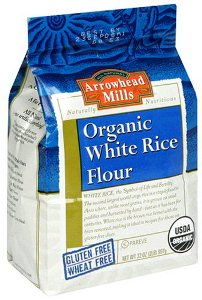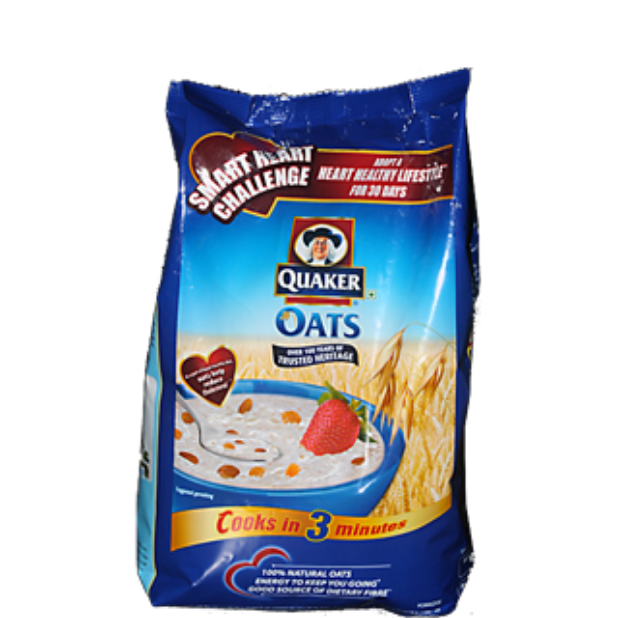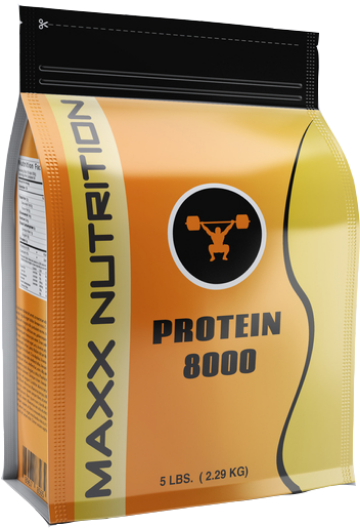More of today’s leading brands are making the switch to flexible retail packaging, like stand up pouches, to keep up with consumer and retailer demand.
A new study by PMMI, the Association for Packaging and Processing Technologies, shows 68 percent of interviewed companies will purchase or modify manufacturing equipment to produce flexible retail packaging. Many brands are already moving away from rigid packaging, with many projected to do the same in the next five years. Brand managers are looking for custom packaging solutions to offer to major retailers, like WalMart, that are seeking out innovative, lightweight, and cost-effective packaging solutions that look great on store shelves, attract consumers, and prompt more impulse purchases.
As food producers, especially, weigh their flexible packaging options and look into new manufacturing equipment that will accommodate pouches and barrier bags, questions about the functionality of these types of containers are bound to emerge. Companies are quickly learning about the green benefits of flexible packaging, but the overall structural properties can be a bit confusing. Stand up pouches and barrier bags are produced using multiple layers that are laminated together, resulting in a single structure that stands up on shelves while maintaining a lighter weight and pliable shape. The key to creating this formation is the use of hand held heat sealers for packaging. A heat sealer connects the layers together, creating an air-tight seal that is puncture resistant and keeps the product inside protected from outside elements.
 Hand held heat sealers for packaging are a good option for smaller businesses experimenting with stand up pouches because they are an easy and handy way to seal this form of packaging. However, for larger brands looking to seal thousands of pouches, a more advanced from of heat sealers for food packaging is preferred. Impulse sealers lock the materials used to produce stand up pouches together by adding a burst of energy to the plastic layers, then immediately cooling the heated area while the packaging seals. Direct heat sealers, on the other hand, involve clam shell sealers and vacuum sealers, which deeply penetrate the structure elements involved in kraft stand up pouches and seal barrier pouch bags. These heat sealers for food packaging are used for thicker materials than impulse sealers and maintain a constant temperature throughout.
Hand held heat sealers for packaging are a good option for smaller businesses experimenting with stand up pouches because they are an easy and handy way to seal this form of packaging. However, for larger brands looking to seal thousands of pouches, a more advanced from of heat sealers for food packaging is preferred. Impulse sealers lock the materials used to produce stand up pouches together by adding a burst of energy to the plastic layers, then immediately cooling the heated area while the packaging seals. Direct heat sealers, on the other hand, involve clam shell sealers and vacuum sealers, which deeply penetrate the structure elements involved in kraft stand up pouches and seal barrier pouch bags. These heat sealers for food packaging are used for thicker materials than impulse sealers and maintain a constant temperature throughout.
Getting down and dirty and involving yourself in the flexible packaging manufacturing process is an excellent way to understand how your product is going to be protected and presented.
A good packaging supplier will partner with you to make sure your packaging is sealed and executed properly so it appeals to the “big boy” retailers like WalMart. When it comes to maintaining the freshness, flavor, and quality of your product, flimsy plastic and cardboard isn’t going to cut it anymore. Consumers expect your goods to be locked in tight so air and odor can’t penetrate the surface and spoil the product. Stand up pouches are a great way to make sure your bag is filled to the brim, and each laminated layer has its own job that is used to maintain the structure and taste of the goods inside. Understanding hand held heat sealers is one way to make the switch from rigid containers to lightweight packaging easier and more convenient for your entire organization.
Related Posts:








